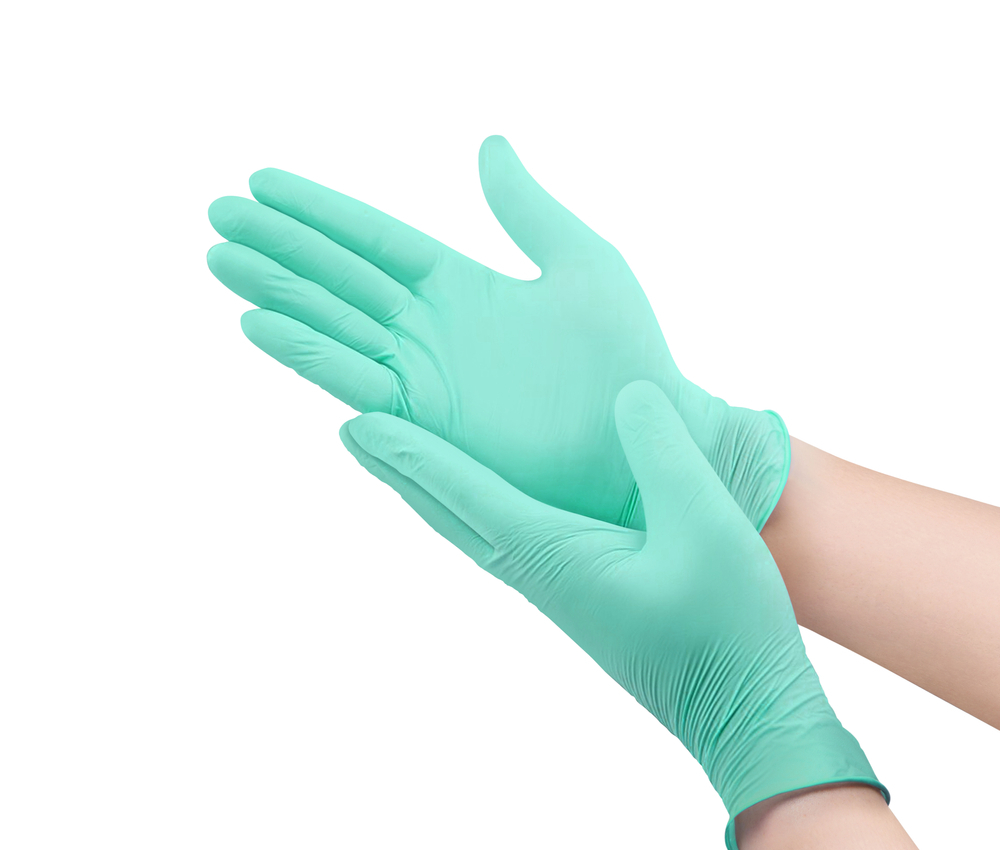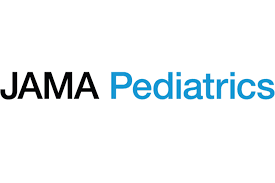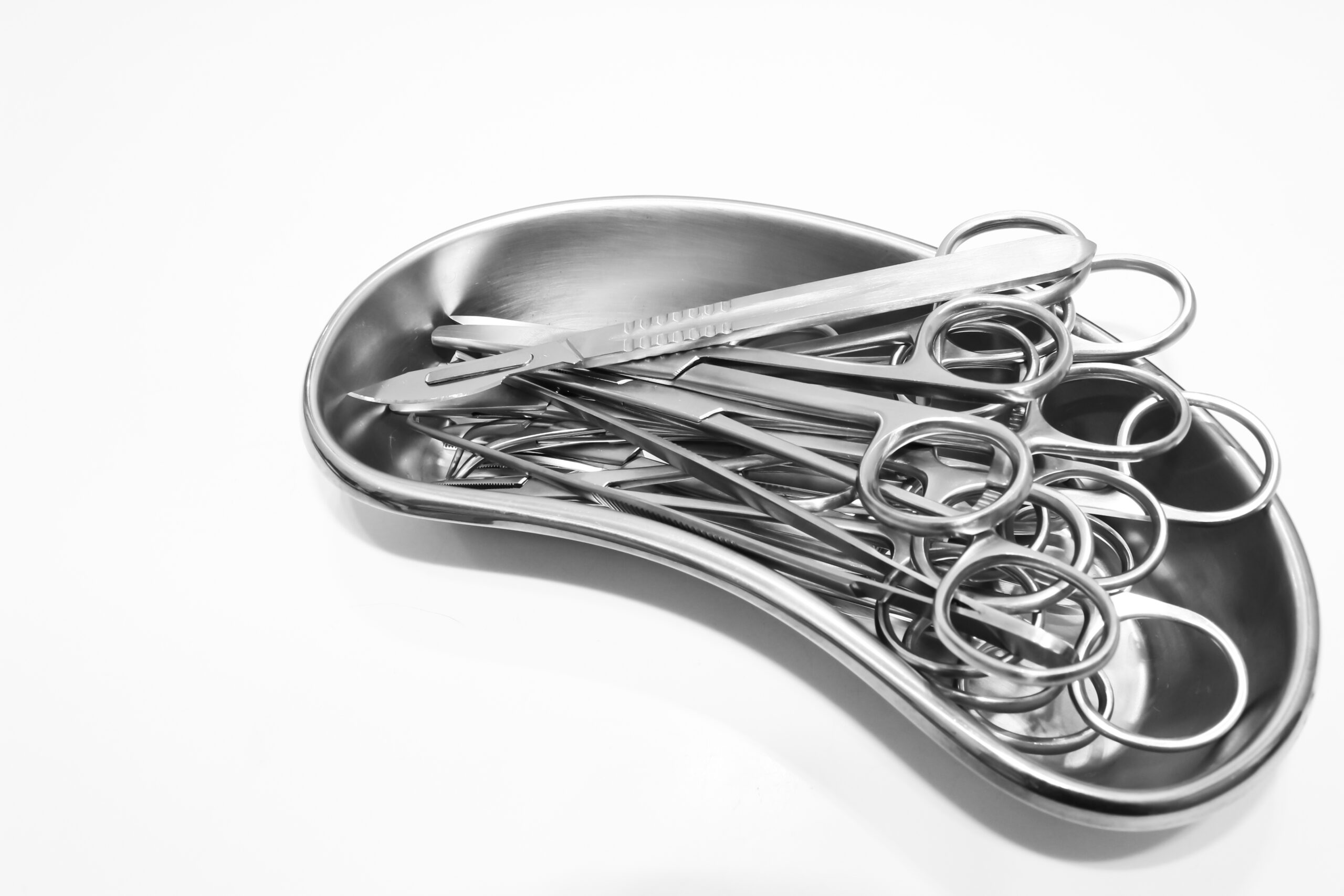Borescope inspections reveal widespread contamination in lumened surgical instruments

Editor's Note Conventional cleaning protocols fail to remove visible soil and debris from lumened surgical instruments, raising urgent concerns about patient safety and sterilization efficacy. That’s the central finding of a study published February 11 in The American Journal of Infection Control, which used borescopes to inspect the lumens of…
Bye-bye, SSI: Nurse-led decolonization protocol pays off

Imagine completely eliminating surgical site infections (SSIs) without significantly disrupting perioperative workflows. At Magic Valley Regional Medical Center (MVMC), a mid-sized community hospital in Twin Falls, Idaho, a nurse-led pilot project accomplished just that for breast and colorectal surgeries. As for other procedures, overall infection rates are down by nearly…
4 ways ASCs balance strict infection control, limited resources

Reduced costs, faster recovery, and other advantages can make outpatient surgical procedures more convenient for providers and patients alike. Ambulatory surgery centers (ASCs) are incredibly safe, but a lot of work goes into infection control. Cross-trained staff often wear many hats, and limited budgets may not leave room for dedicated…
Study: Prophylactic antibiotics reduce SSIs in pediatric cholecystectomy

Editor's Note A cohort study published February 24 in JAMA Pediatrics found that prophylactic antibiotics reduced the odds of surgical site infections (SSIs) by 72% in children undergoing cholecystectomy for uncomplicated cholelithiasis. However, extended-spectrum antibiotics offered no additional benefit over cefazolin, suggesting that simpler prophylaxis protocols could optimize outcomes while…
Study: Post-laparotomy incisional negative pressure wound therapy fails to reduce infection risk

Editor's Note A large international clinical trial found that incisional negative pressure wound therapy (iNPWT) does not reduce surgical site infections (SSIs) following emergency laparotomy. The SUNRRISE trial, conducted across 34 hospitals in the UK and Australia and published January 27 in Jama Network, randomized 821 patients to receive either…
Infection control guidelines focus on regional anesthesia, pain management

Editor's Note New infection control recommendations from the American Society of Regional Anesthesia and Pain Medicine (ASRA Pain Medicine) are purportedly the first comprehensive guidelines tailored specifically for regional anesthesia and interventional pain management procedures, such as cortisone injections and drug-delivery implants. As detailed in the organization’s January 21…
Countdown to OR Manager Conference: Robotics in the ASC—Technology trends and what you need to know

Editor's Note A panel discussion at last year’s OR Manager Conference highlighted the benefits and challenges of introducing robotics into ambulatory surgery centers (ASCs), particularly for joint replacement surgical procedures. Hosted by Surgical Care Affiliates (SCA) and Stryker leaders, the session emphasized how robotic technology can help improve surgical outcomes,…
Offsite sterilization fuels onsite efficiency for lean ASCs

For many in the healthcare industry, imagining surgery without onsite sterile processing seems unthinkable. Then again, performing total joints in an ambulatory surgery center (ASC) was unthinkable 10 years ago. ASC sterile processing departments (SPDs) are generally not designed to handle the high volumes of instrument trays, vendor trays, and…
Water quality: 5 Ws and an H for sterile processing pros

Asking who, what, why, when, where, and how—otherwise known as the “5 Ws and an H”— is a time-tested way for writers and researchers to ensure comprehensive coverage of any topic. Here, we apply this framework from the perspective of sterile processing department (SPD) professionals seeking to start a water…
Povidone iodine noninferior to chlorhexidine gluconate for preoperative skin antisepsis

Editor's Note Amid continued debate about the best choice of preoperative skin antiseptic, findings published in JAMA June 17 show that povidone iodine in alcohol offers similar outcomes to chlorhexidine gluconate when used in alcohol. The randomized clinical trial included 3,360 patients in 3 tertiary care hospitals in Switzerland, 2,187…

 Free Daily News
Free Daily News